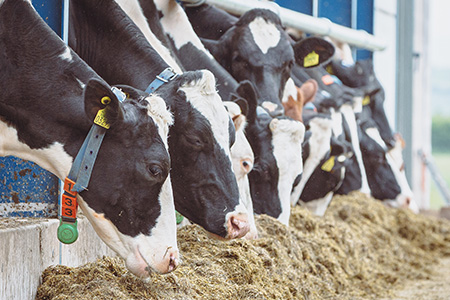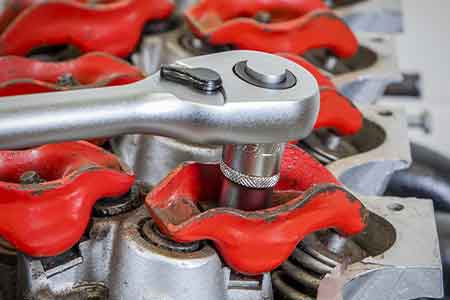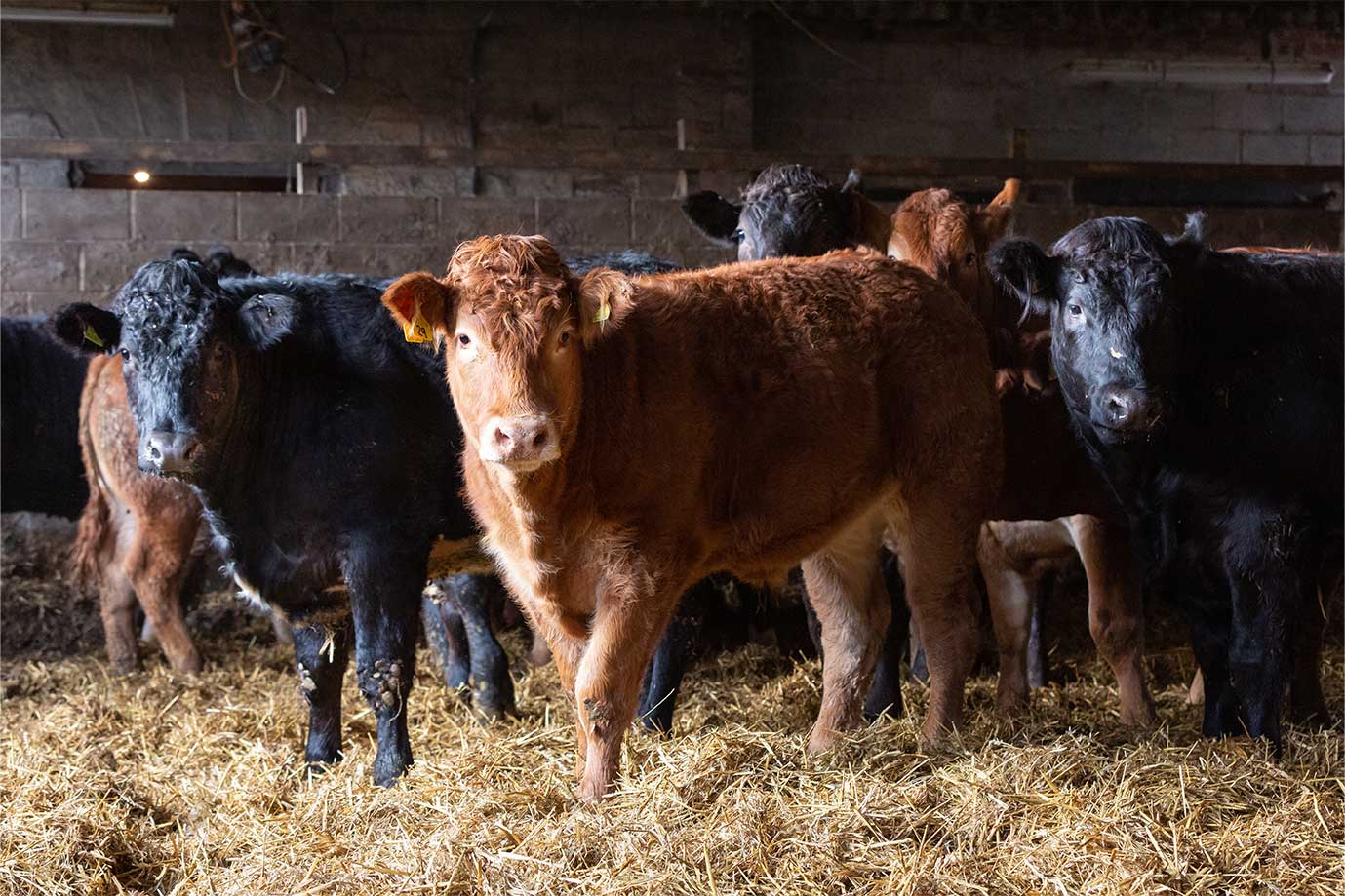TIME4TURN-OUT: How To Improve Your Paddock

Correctly managing paddocks can make a big difference to the amount of grazing/hay available for your horse, and also help withstand the pressures from the multiple demands that are made from it. Alongside low productivity, poorly managed fields can be the source of many internal parasites and poisonous plants.
At least 80% of a horse’s diet should be forage, so the quality and content is very important. By getting the right mix of grass, the goal for your horse is to gain the majority of nutritional requirements from grazing, which of course is the most healthy and natural. To ensure paddocks have sufficient grazing all year round, the grass needs to include species that will complement each other throughout the growing season.
BASIC PADDOCK MAINTENANCE
COMPACTION
Common in equine pastures due to the nature of the hoof conformation. Compaction leads to stressed plants as the roots cannot access nutrients, water or air, all necessary to grow, leading to bare patches. Aerate the soil by sub soiling or using a soil slitter, avoid overstocking (1.5 acre/horse) and include species with deep roots that will help keep the soil aerated.
DAILY
Pick up droppings, rotate grazing where possible and don’t graze grass right down to the ground. Look for bare spots that may be starting to develop that will allow weeds to start growing, especially Ragwort and Buttercups that are poisonous. Either spray or dig weeds out before they go to seed.
SPRING
Remove all dead thatch in the base of the sward with a chain-harrow. Overseed any bare patches. Roll paddocks to consolidate poached areas and loose soil. Shut up any paddocks that will be used for making hay. In gateway areas that are badly damaged, consider putting wood chip or gravel down. Before buying fertiliser use the results from your soil test to understand which nutrients your soil needs for optimal health. Delay nitrogen application if overseeding or reseeding, this will encourage the existing sward to outcompete out new seeds.
SUMMER
Continue to remove any weeds. Top the grass to remove stalky, rough areas (Don’t top Ragwort or Foxglove as these are palatable to horses when dried but also poisonous).
AUTUMN
Keep an eye on drainage, ensuring paddocks don’t start to get waterlogged Continue to control Ragwort.
WINTER
Rotate the paddocks if possible to avoid damage by poaching, using the best drained fields. Carry out soil testing in Feb-March or Sept-Dec if its over 5 years since the last test.
You need to renovate the paddock when you have 30-50% weed species in the field, by either overseeding or reseeding. Keep a check on the soil status by testing it on average every 5 years: Target pH 6-6.5, Phosphorus (P) 2, Potassium (K) 2
OVERSEEDING
Overseeding can be a very useful, low cost way of improving existing pasture,
which may have become thin and tired with age or damaged through overgrazing. However its worth remembering the existing grasses have a very well developed root system which is in direct competition with new seedlings trying to get established, competing for light, moisture and nutrients.
Avoid long, dry spells, best done April – May, July- August when the soil is warm but not too dry.
- Cut or graze the field before overseeding and chain harrow to remove any dead thatch in the bottom. Make sure it’s quite bare to allow good seed to soil contact.
- Broadcast the new seeds and roll to lock in moisture.
- Once the seeds start to germinate don’t graze the area for 5-6 weeks, then give it a light graze before taking the horses out again to allow the seedlings to tiller out.
Don’t apply fertiliser at sowing because the new plants have no roots and are unable to take up nutrients. All you do is favour the existing sward and provide more competition to the new plants.
RESEEDING
Ensure a soil test has been carried out to check the pH and key nutrients levels.
- Plough up the existing sward then work the soil into a finer tilth to create a fine, firm seedbed.
- Broadcast or drill the seed no more than 1cm deep, then roll well to lock in moisture and create good seed to soil contact.
- Don’t allow the horses in for at least 6 weeks for a light grazing, to avoid damaging the new plants.

| Perennial Ryegrass | 70% |
| Strong Creeping Red Fescue | 16% |
| Meadow Fescue | 8% |
| Timothy | 6% |
GENERAL PURPOSE 10KG/ACRE
Reseed 0.7 acres, Overseed 1 acre
PADDOCKS, GALLOPS, GRAZING AREAS, RIDING AREAS
Hardwearing mixture designed to withstand the pressures of equestrian use and provide good quality grazing.
Contains varieties that have been specifically selected for roughage and low fructan content
- Produces a good, springy, dense turf
- The low fructan content reduces the risk of laminitis
- Strong grass plant rooting system, making the sward dense, hard-wearing and persistent

| Tall Fescue | 25% |
| Strong Creeping Red Fescue | 25% |
| Meadow Fescue | 20% |
| Timothy | 15% |
| Smooth Stalked Meadow Grass | 15% |
TRADITIONAL MEADOW 10KG/pack
Reseed 0.7 acres, Overseed 1 acre
PADDOCKS, GRAZING AREAS
Ryegrass-free grass seed mixture, the healthiest pasture for your horse
Formulated to recreate the nutritional characteristics of a natural habitat. The mixture is ryegrass free and uses species with a less aggressive growth habit to aid diversity.
- Varieties in this mixture are likely to be lower in fructans than a ryegrass sward, reducing the risk of laminitis
- Effective fibre in your horse grass
- The optimum grass seed for your horse meadow
Please contact us on forage@carrs-billington.com with any queries.
CLICK HERE to download the Grass & Forage Seed Brochure 2022


TIME4TURN-OUT
With winter behind us, the promise of warmer weather and longer days makes spring an eagerly anticipated season for horse owners.
Plan ahead now to avoid spring challenges and spend more time enjoying your horse.
Read More
























